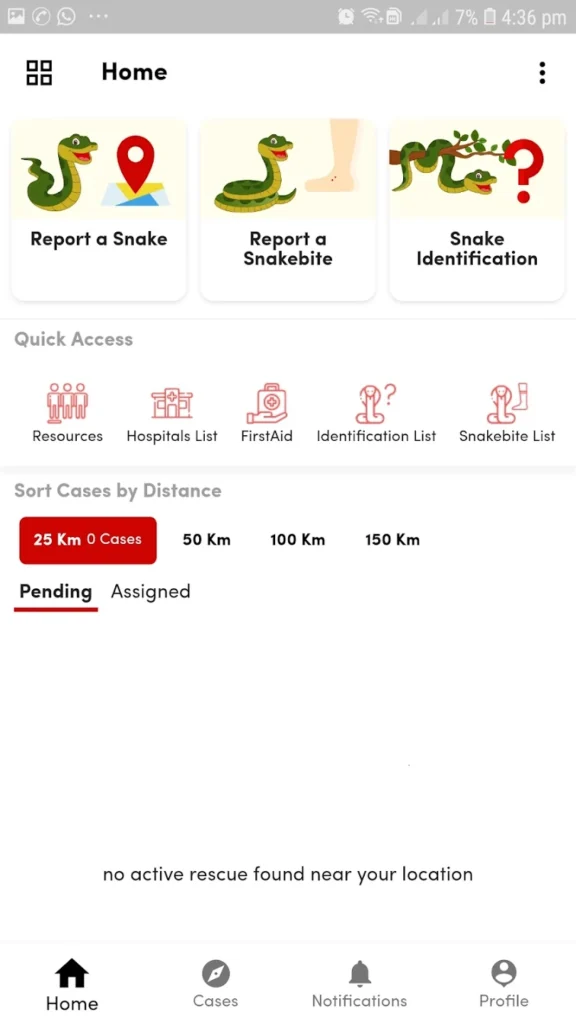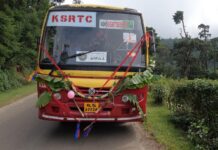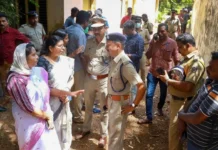SARPA
SARPA, which stands for the System for Attumanal Reptile Protection and Assistance, is a groundbreaking online initiative introduced by the Government of Kerala aimed at ensuring the safe and scientific rescue of snakes while safeguarding both humans and reptiles. This project is executed under the Kerala Forest and Wildlife Department with the goal of managing human-snake conflicts, enhancing public safety, and preserving ecological balance. In a state like Kerala, where human-snake encounters are common due to its dense vegetation and rich biodiversity, SARPA acts as an essential digital platform that connects citizens, authorized snake rescuers, and forest officials.
The primary aim of SARPA is to offer a swift and dependable method for reporting snake sightings and snakebite occurrences. Previously, individuals relied on local contacts or untrained rescuers for snake removal, which often resulted in harm to both the snakes and humans. With the introduction of SARPA, the process has been streamlined and made transparent. When someone spots a snake, they can report it via the SARPA mobile app or web portal. The system promptly alerts the nearest authorized snake rescuer, who has been trained and certified by the Forest Department. This guarantees that only qualified professionals manage the situation, thereby reducing risks and ensuring the safe relocation of the snake to its natural habitat.
A distinctive feature of SARPA is its digital management and tracking capabilities. Each snake rescue operation reported through the platform is documented in a central database. The system records information such as the location, species of snake, the rescuer involved, and the outcome of the rescue. This enables the Forest Department to maintain precise records, assess the performance of registered rescuers, and analyze patterns of snake sightings throughout the state. The collected data also plays a vital role in identifying areas prone to snake encounters, enhancing awareness initiatives, and implementing preventive strategies to decrease snakebite incidents.

The SARPA initiative highlights the significance of community involvement and awareness. It offers educational materials that assist the public in differentiating between venomous and non-venomous snakes while also shedding light on the ecological value of these reptiles. Snakes are crucial for regulating rodent populations and sustaining ecological balance, yet they are frequently misjudged and killed out of fear. Through SARPA, the government seeks to alter this perception by fostering coexistence and respect for wildlife. Awareness campaigns, training workshops, and educational programs in schools under the SARPA initiative have greatly enhanced public knowledge regarding snake conservation.
A vital component of SARPA’s effectiveness is the training and certification of snake rescuers. The Kerala Forest Department guarantees that every rescuer registered in the system receives scientific training on snake behavior, safe handling methods, first aid, and the legal aspects of wildlife protection. This standardization prevents the involvement of untrained individuals who could pose risks to themselves and the animals. Additionally, the SARPA system ensures accountability by keeping digital records of all authorized rescuers and their rescue histories, which forest officials can access for monitoring and evaluation.
Another important aspect of SARPA is its connection with emergency and healthcare systems. In the event of snakebite incidents, the platform assists in directing victims to the nearest medical facility that has antivenom available. Healthcare authorities can also utilize the system to monitor snakebite cases and pinpoint areas with high incidence rates. This data-driven strategy aids in planning public health interventions and guarantees prompt medical assistance for snakebite victims.
The initiative also plays a significant role in wildlife research and conservation planning. The information gathered through SARPA regarding snake species, their distribution, and behavioral patterns is crucial for ecological research and biodiversity mapping. It aids scientists and conservationists in gaining a deeper understanding of reptile populations and the various factors influencing their habitats. By integrating digital technology with environmental conservation efforts, SARPA sets an example for other states and nations dealing with similar human-wildlife conflicts.
Download Now
In summary, SARPA exemplifies an ideal combination of technology, conservation, and public service. It showcases Kerala’s dedication to safeguarding biodiversity while prioritizing human safety. The project has effectively established a systematic, scientific, and compassionate approach to snake rescue and management. By alleviating fear, enhancing awareness, and encouraging respect for nature, SARPA has not only rescued numerous snakes but has also reinforced the state’s vision of sustainable coexistence between humans and wildlife.



















